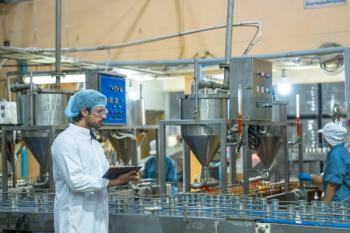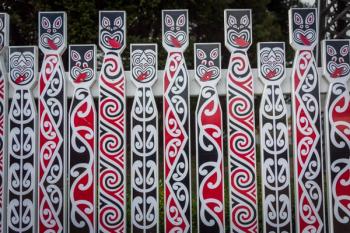
Spectroscopy’s Role in Cultural Heritage Preservation
Spectroscopy is increasingly being used in cultural heritage studies. We discuss spectroscopy's evolution in this field.
This video was created based on a recent study published in NPJ Heritage Science, as well as our recent news coverage of this topic. It was created using NotebookLM.
A recent study led by Yuanchuan Chen, a researcher in the School of Design at Jiangnan University, explored the role that spectroscopy has played in cultural heritage analysis. In his team’s study, Chen and others conducted a bibliometric analysis of spectroscopy’s role in cultural heritage research, using Web of Science data from 1992 to 2024 (1,2). Through this analysis, Chen and his team was able to track the progression of cultural heritage analysis through the lens of spectroscopy, highlighting the early analytical phases to advanced applications involving multi-spectral and multi-assistive techniques (1,2).
The video above discusses how we are seeing a shifting focus in cultural heritage analysis from chemical and physical analysis to molecular-level characterization (2). Spectroscopy now supports diverse heritage materials, including artifacts, murals, paintings, bronzes, stones, and crystals, requiring tailored methods, particularly combinations of Raman, laser-induced breakdown spectroscopy (LIBS), and infrared (IR) spectroscopies (1,2).
Both the study and the video reinforce how spectroscopy has become a crucial tool in cultural heritage preservation over the last three decades. The review article from the researchers at Jiangnan University highlights spectroscopy's non-destructive techniques for analyzing fragile artifacts, aiding in their conservation and authentication by identifying material composition and historical methods (1,2). The text traces the evolution of spectroscopic applications, from basic material analysis to advanced molecular characterization, noting the increasing use of combined techniques (1,2). It also addresses current challenges like data inconsistency, analytical complexity, and high costs, while projecting a future where AI and interdisciplinary collaboration will enhance cultural heritage analysis (1,2). However, the researchers mention that, despite the progress made, there are some key challenges that remain, including limited data, complexity, and high costs (2). Key opportunities include advancing machine learning, improving Raman detection, and reducing expenses. The findings establish a framework for future innovation, supporting sustainable cultural heritage preservation and fostering interdisciplinary collaboration (1).
References
- Wetzel, W. How Spectroscopy Has Shaped Cultural Heritage Preservation: Insights from 30 Years of Research. Spectroscopy. Available at:
https://www.spectroscopyonline.com/view/how-spectroscopy-has-shaped-cultural-heritage-preservation-insights-from-30-years-of-research (accessed 2025-08-19). - Ye, X., Chen, Y., Peng, L. et al. Application of Spectroscopy Technique in Cultural Heritage: Systematic Review and Bibliometric Analysis. npj Herit. Sci. 2025, 13, 169. DOI:
10.1038/s40494-025-01622-0
Newsletter
Get essential updates on the latest spectroscopy technologies, regulatory standards, and best practices—subscribe today to Spectroscopy.





